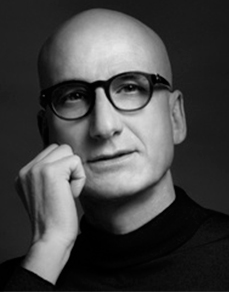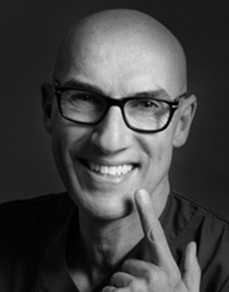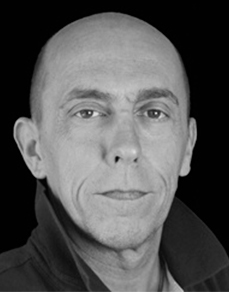

According to the applicable rules and regulations, I declare under my own responsibilities to be a dentist and therefore I am authorized to read the contents of this web site.

Dr Giuseppe Vignato graduated in Dentistry and Prosthodontics at the University of Padua in 1986. has attended various masters in Oral surgery and Implantology in top US univeristies. Specialized in Implantology and Biomaterials at the University G. D’Annunzio of Chieti in 1993. He has published several scientific articles and is Active member of SICOI (Italian Society of Oral Surgery and Implantology). Specialized in Sedation in Dentistry, he is President of the AISOD (Italian Association of Dental Sedationists).

Dr. Costantino Vignato Graduated in Medicine and Surgery in 1990 by the University of Padua and Specialized in General Dentistry in 2001. Master in Implantology at the University of Genova in 1998, he focuses on the prosthetic side of implant dentistry. He took a master in Gnathology and Occlusion disorder, interested on digital workflow, is developing technique for Full Mouth Rehabilitation by using digital support. He cooperated in research project on the use of laser in dentistry at the Laserendotechnic with Prof. Levy, San Clemente, Ca. He is fellow of Dr Ignazio Loi and International lecturer.

Dental technician since 1982, Riccardo Finotello is the owner of the Dental Laboratory Dentalfin since 1995. He attended several completion courses on implant prosthesis. Specialized in rehabilitations with zirconia and CAD CAM materials and machines.